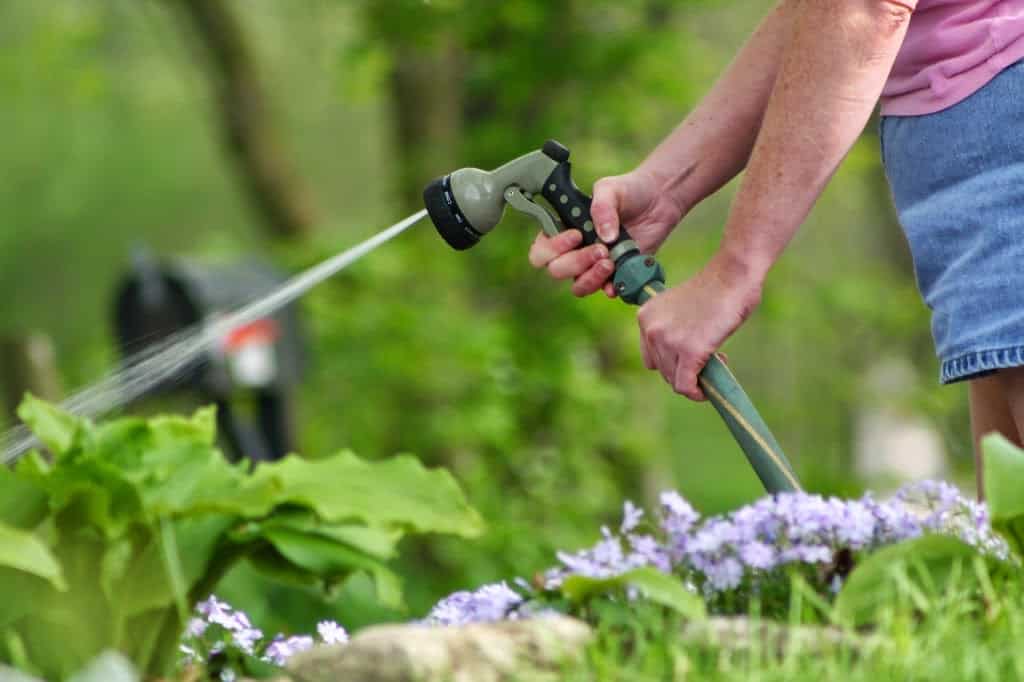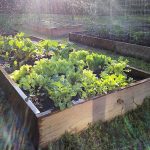 |
| Photo by Click. Used under the Morguefile.com license. |
- Choose plants that use less water. This usually refers to native plants used as ornamental plants. Native plants are typically better adapted to the local climate, including rainfall, than imported species.
- Use soil amendments so that the soil maintains adequate, even moisture for plants.
- Add layers of mulch to prevent water from evaporating.
Xeriscape in Action







Never heard that before. Interesting.
I had not heard of xeriscaping but it is similar to our gardening technique – grow native
minimise watering and deeply water veges when we do and mulch .
mostly what is left in my wild garden are the shrubs that do not need spoon feeding.
my real problem here is the wildlife but it is their forest so I am learning to take it…
Sandra (aust)